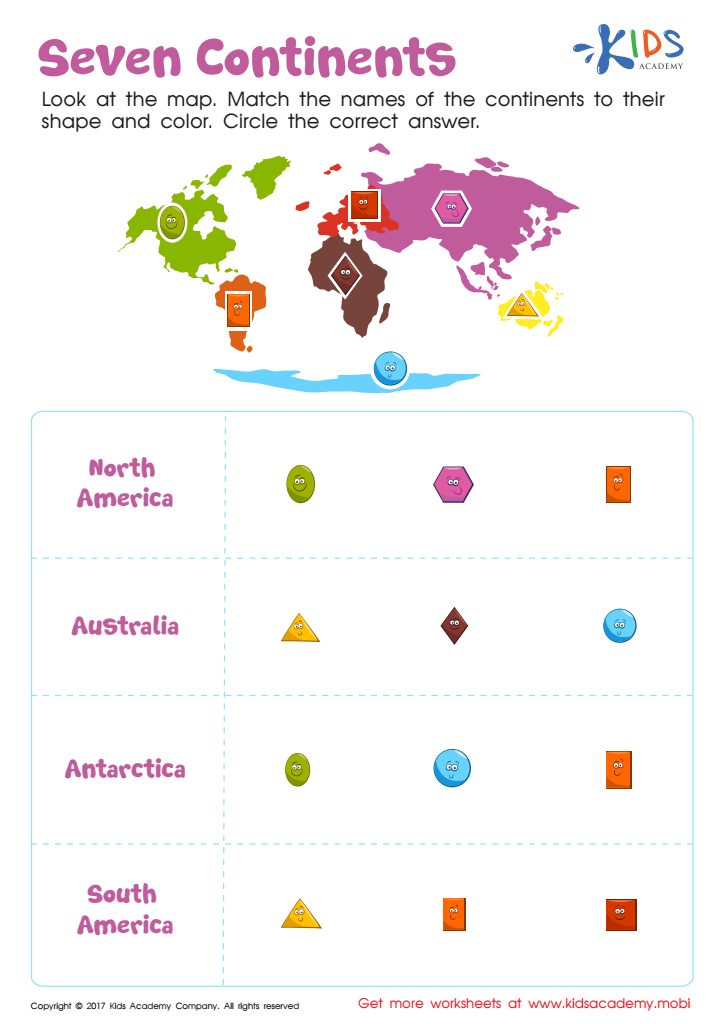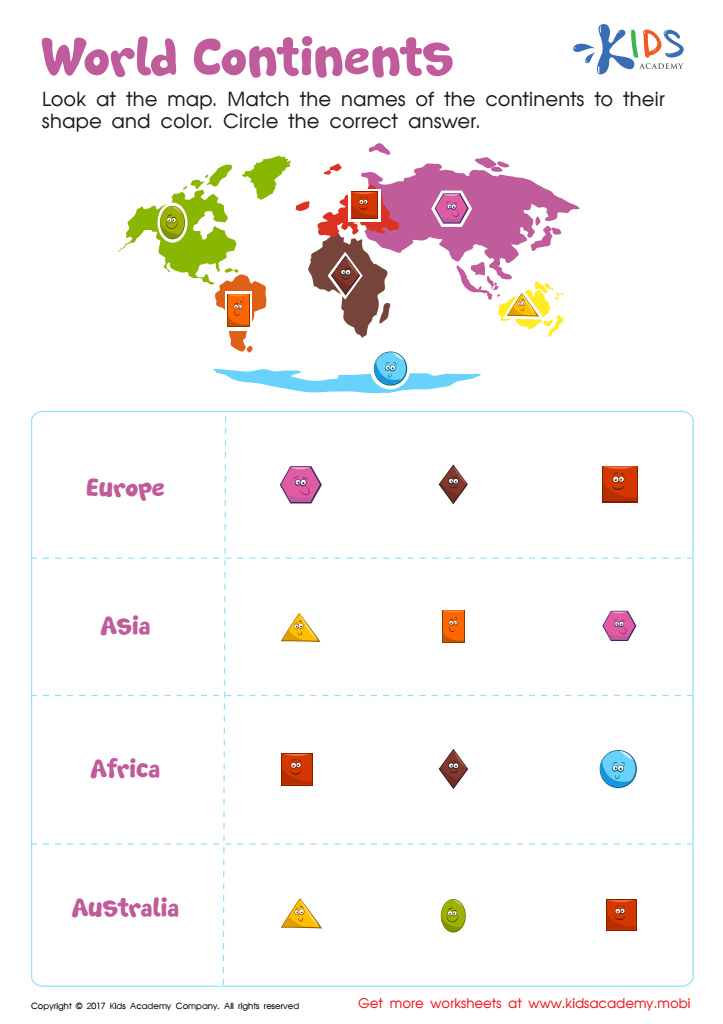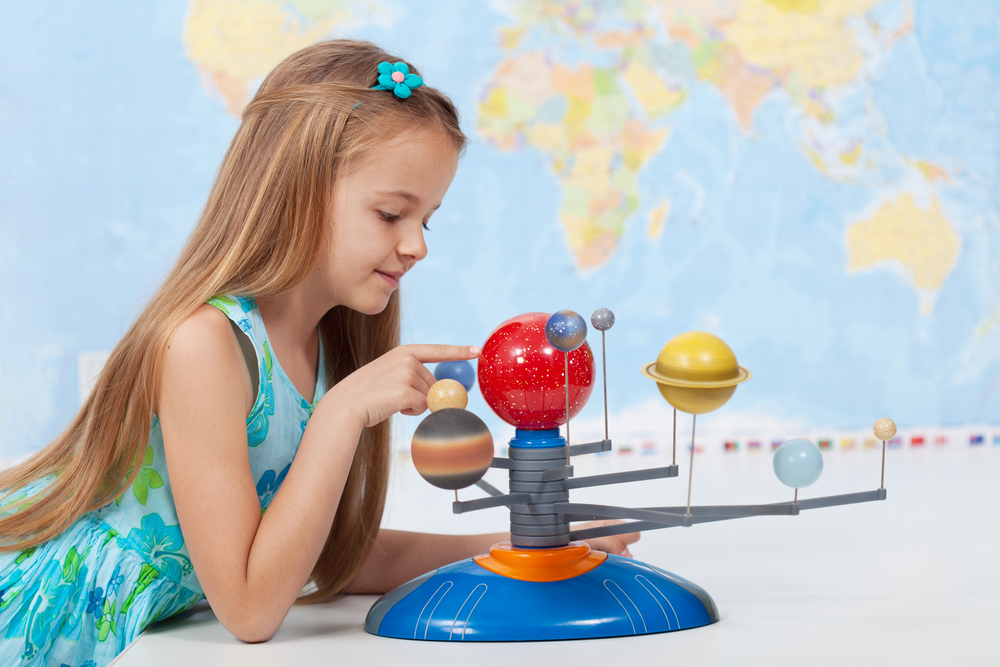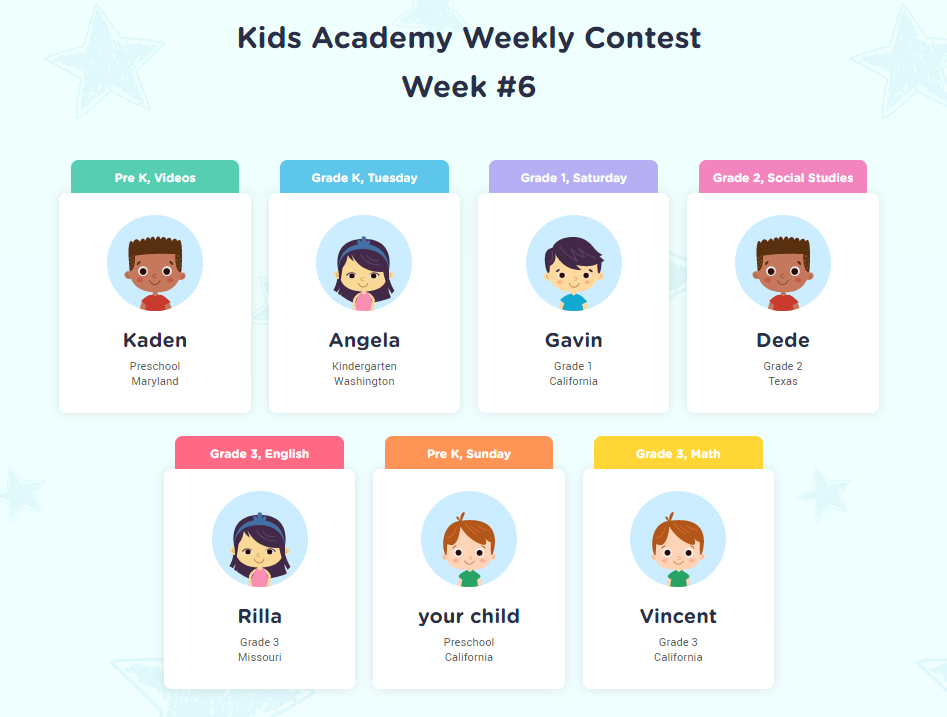Map reading skills Science Worksheets for Ages 4-8
3 filtered results
-
From - To
Discover our engaging Map Reading Skills Science Worksheets designed for children ages 4-8! These resources help young learners develop essential map reading skills while exploring the world around them. Featuring colorful illustrations and age-appropriate activities, our worksheets make learning fun and interactive. Kids will practice identifying directions, understanding maps, and connecting with various geographical concepts. Perfect for both classroom use and at-home learning, these worksheets encourage critical thinking and enhance spatial awareness. Encourage your child's curiosity and love for science as they embark on their map-reading adventure! Download our printable worksheets today and watch your young explorer thrive!


Seven Continents Worksheet


World Continents Worksheet


Maps and Landforms Worksheet
Teaching map reading skills to children ages 4-8 is crucial for several reasons. First, it enhances spatial awareness and cognitive development, helping young learners understand their environment and relationships between objects. Maps introduce concepts of direction, distance, and scale, fostering critical thinking and problem-solving skills. As children navigate maps, they practice visual literacy, an essential skill in our increasingly information-rich world.
Moreover, map reading integrates science with geography, enriching a child's understanding of the natural world, including habitats, weather patterns, and ecosystems. This interdisciplinary approach makes learning more engaging and applicable, often leading to a lifelong curiosity in science and exploration.
Another important aspect is the development of social skills; working in groups to interpret maps can teach collaboration and communication. When children learn these skills at an early age, they gain confidence and independence, becoming more capable of navigating their lives both literally and metaphorically.
Ultimately, fostering map reading skills cultivates informed, curious, and capable individuals—traits parents and teachers should actively encourage for the holistic development of the child, preparing them to successfully engage with the world around them.
 Assign to My Students
Assign to My Students


















